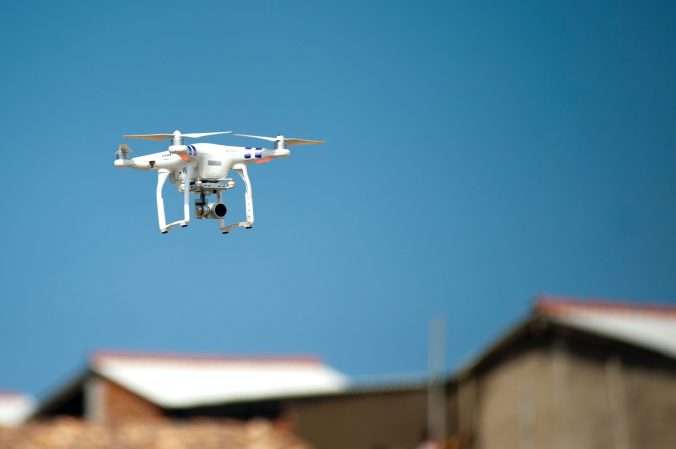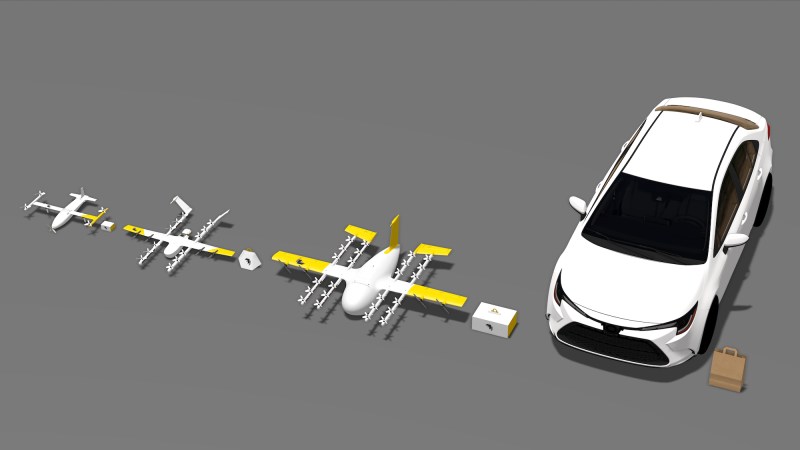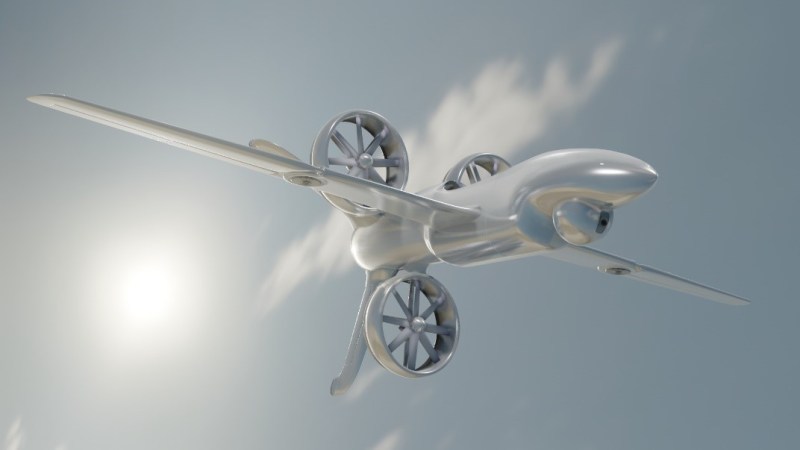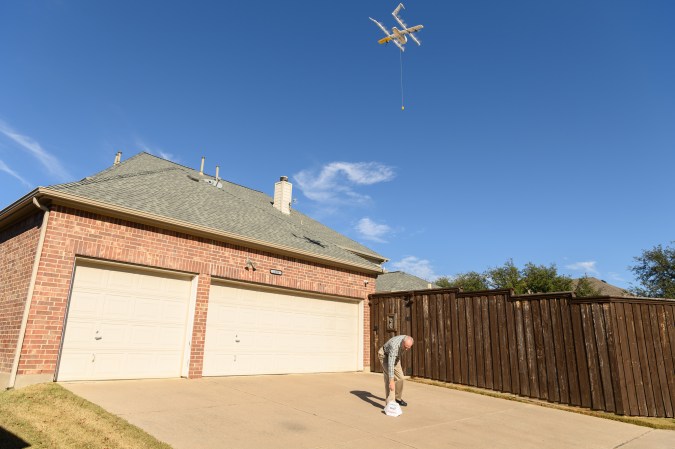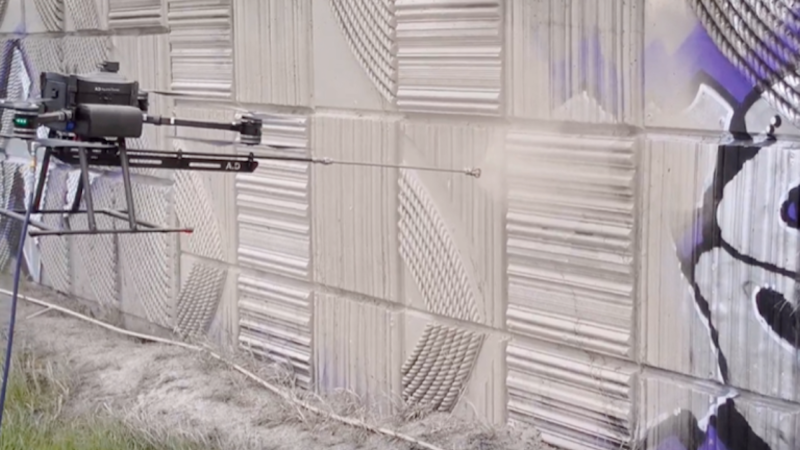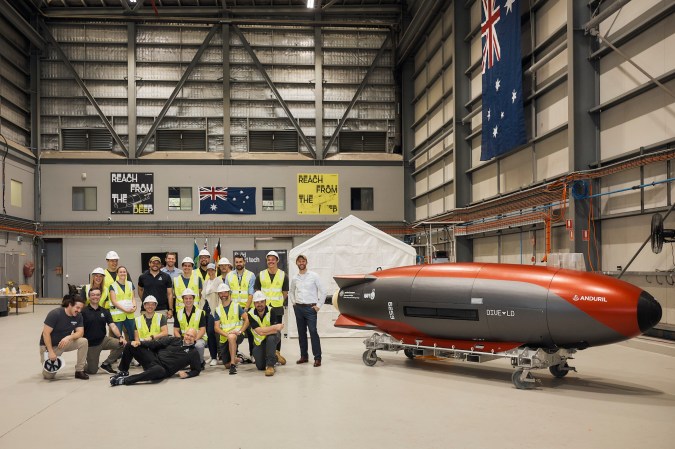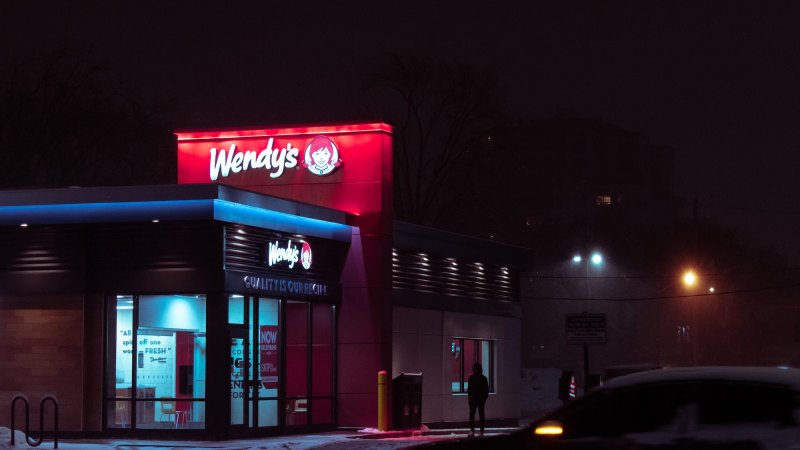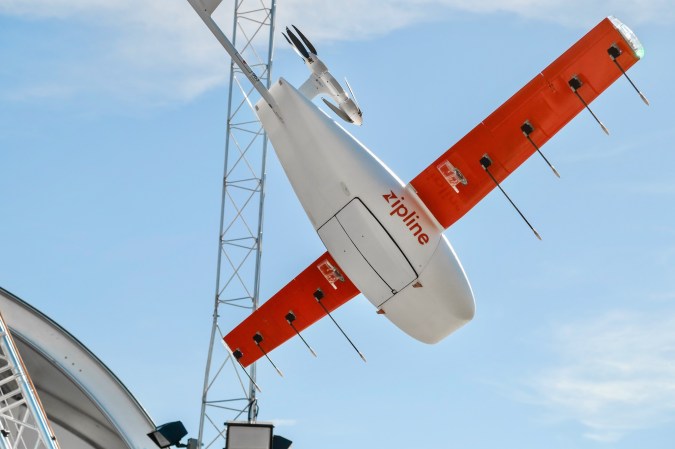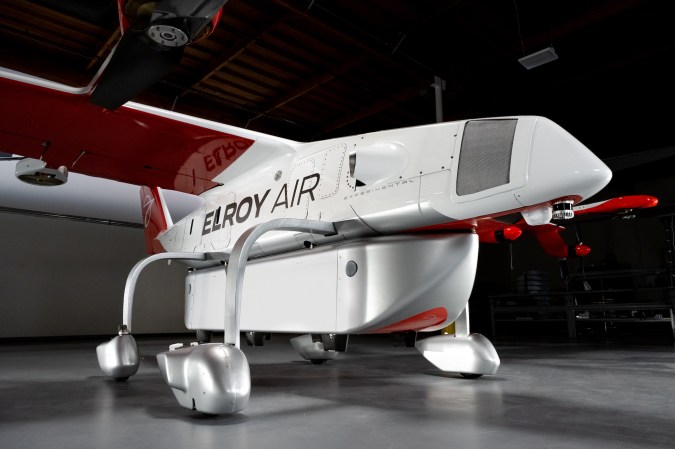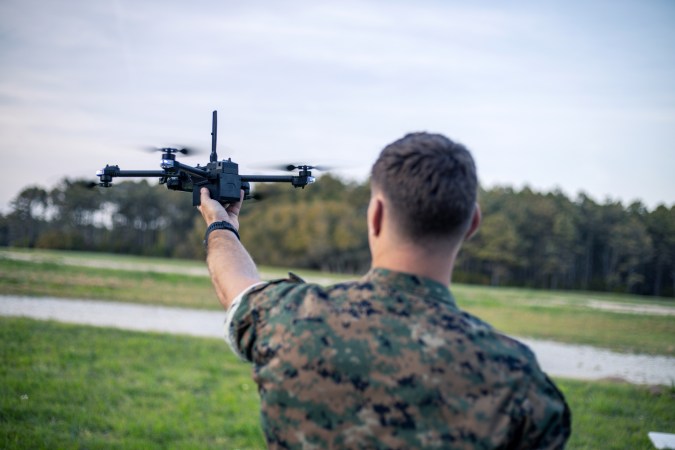

The Federal Aviation Administration has cleared UPS to operate its growing delivery drone fleet beyond the visual line of sight (BVLOS) of pilots. Per the FAA’s August 6 announcement, the freight and shipping company’s UPS Flight Forward subsidiary can now begin deploying its Matternet M2 drones to much further distances, thus expanding their range of potential customers. This means human operators will simply monitor routes and deliveries from a centralized location.
As the industry term implies, BVLOS means that human monitors are not required to maintain literal eyes on drones as they travel between their hubs and destinations. Approval for BVLOS operations is a natural end goal for most drone delivery services, with companies such as Amazon and FedEx vying to kickstart their own programs. Just last month, Wing—a subsidiary of Google’s parent company, Alphabet, Inc.—announced its own partnership with Walmart to test a drone delivery system within a six mile range around the Dallas-Fort Worth metropolitan area. According to Walmart, approximately 60,000 homes fall within the drone fleet’s range, which promises deliveries in under 30 minutes. To accomplish the speedy deadlines, Wing’s drones reportedly will travel as fast as 65 mph.
As The Verge notes, however, not all drone services are faring as well. In May, Amazon’s Prime Air project only made an estimated 100 deliveries between its California and Texas locales. Although more current figures aren’t available, Amazon previously hoped to complete 10,000 deliveries by the end of the year. Only days after announcing its lofty goal, however, Amazon also confirmed a significant number of layoffs within its Prime Air workforce.
[Related: Walmart and Wing join forces for drone deliveries in Texas.]
Although labor and automation issues are serious concerns during the expansion of drone delivery systems, their environmental benefits remain promising. According to one study in 2022, using quadcopter drones to handle small, lightweight packages during figurative “last-mile” deliveries could reduce energy consumption and greenhouse gas emissions by respectively up to 94 and 84 percent per package. That said, most drones can only currently delivery one package at a time, meaning that efficiency could have its caveats.
Meanwhile, the usage of drones to deliver potentially life-saving medical equipment and treatments—such as blood transfusions or defibrillators—shows immense promise, according to a study from the European Heart Journal.
FAA regulators, recognizing the industry’s increasing demand and capabilities, formed a Beyond the Visual Line of Sight Committee in 2021 to standardize laws ensuring operations became “routine, scalable and economically viable.” The FAA is currently reviewing the committee’s final report.


